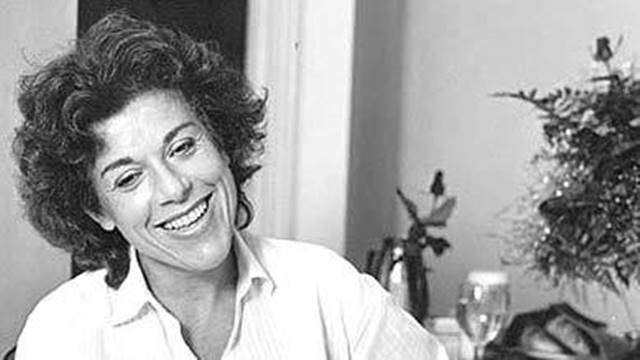
By Jae-Ha Kim
Chicago Sun-Times
November 13, 1997
Novelist Judith Rossner admits that her characters’ antics often get so violent that they frighten her out of her own house.
“The violence and the plots I come up with sometimes scare me,” Rossner said during a recent visit to Chicago to promote her latest book, Perfidia (Nan A. Talese/Doubleday, $23.95).
“I wrote the last chapter of Looking for Mr. Goodbar at a deli, ’cause it was too scary to do at home.”
“With (Perfidia), I worked at this place in New York called the Writers Room (rather than at home). The fact that other people are around provides a basic level of companionship and comfort that makes things less scary.”
Of course, the dark edge that permeates Rossner’s characters is part of what makes her books so engrossing. She hooked her agent on an idea for Goodbar, her best-known book, with one sentence: “I want to write a book about a schoolteacher who’s killed by someone she has picked up in a singles bar.”
In her ninth novel, Perfidia, Rossner examines the complex, volatile relationship between a teenage girl, Madeleine, and her mother, Anita. Neither character is particularly likable, and the line between heroine and villain blur throughout the novel. Each has the tendency to be over the top, but Rossner presents enough truth in her characters to keep them grounded.
“One of the great things about writing fiction is that you can say things that would get your head handed to you otherwise,” Rossner said over a light lunch at the Drake Hotel. “With fiction, people interpret what they want to – or need to. That’s one of the great things I love about it. The kind of battle this girl has with her mother is more extreme than what happens with mothers and daughters during adolescence in real life. But we’ve all been there.”
Rossner, the mother of two grown children, added, “Any parent can tell you that adolescents (often) are not fit to live with other human beings.”
The best-selling author said she got the idea for Perfidia and its murderous climax three summers ago after reading a newspaper story about a young girl who killed her mother. The girl was just 11.
“The real story actually is more frightening than anything you could make up,” Rossner said. “It’s unfathomable to many people that an 11-year-old could not only commit murder, but kill her own mother.”
Having had success at the box office with the 1977 adaptation of Looking for Mr. Goodbar,” Rossner said she’s all for turning this book into a film – as long as she doesn’t have to pen the screenplay.
“There’s a lot of money to be made in films,” she said. “But have you ever read a screenplay? There are so few words in them. You’d think there’d be more. Years ago I tried turning one of my books into a screenplay, and I couldn’t do it. Good dialogue in a book is very different from the way a film treats it.”
She also found that Hollywood isn’t particularly sensitive to an artist’s original vision when it decides to “improve” a story. When Goodbar was turned into a movie, director Richard Brooks felt her heroine was too unlikable, according to Rossner. So he changed her.
“A lot of very intelligent people thought it was a wonderful movie,” Rossner said. “But it turned my meaning of the book inside out. (The director) thought the girl (in the book) was too unpleasant. So for the movie, they turned her into this happy-go-lucky kid and made her death seem sympathetic. I thought she was a very neurotic, stupid girl who didn’t really think about consequences.
“There are a lot of people like that in real life. But in fiction, we can handle them more neatly.”